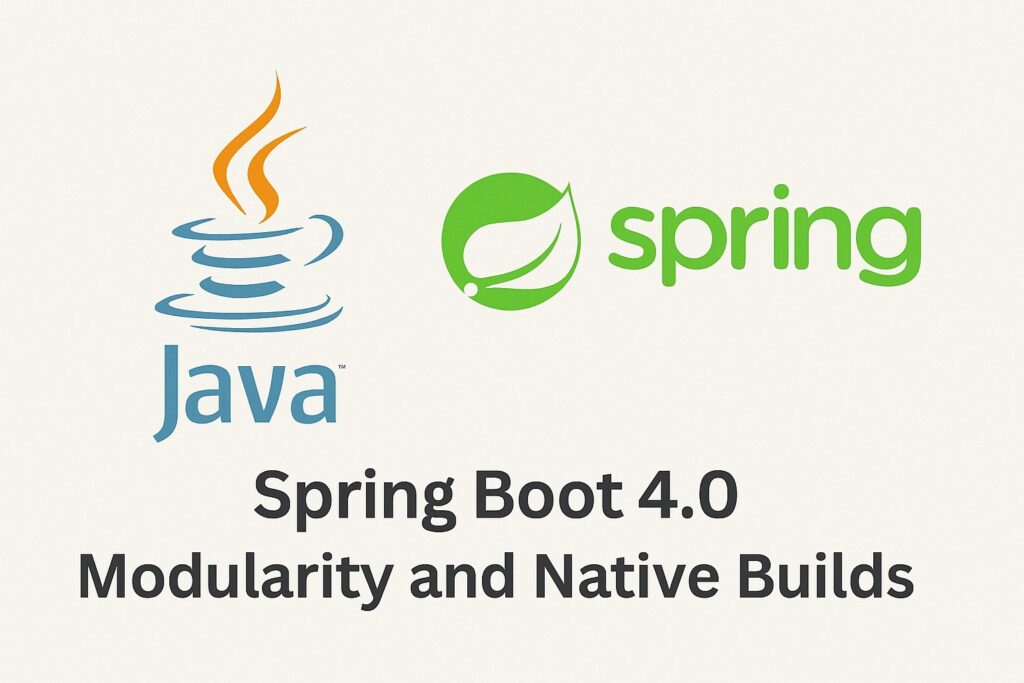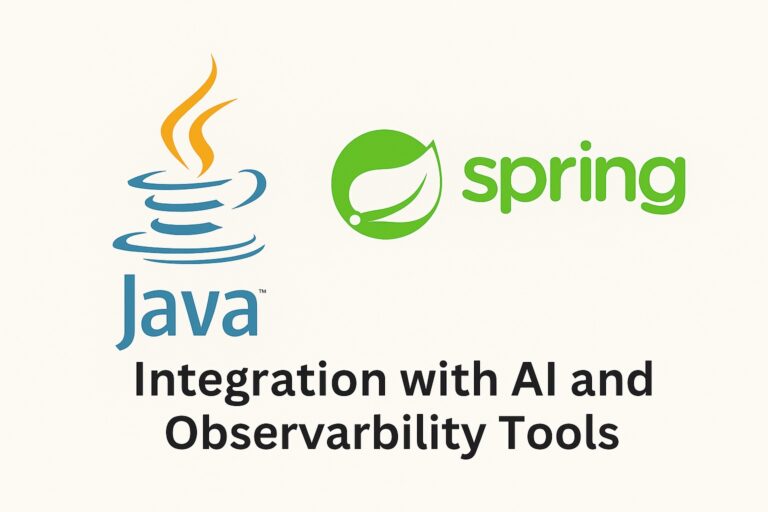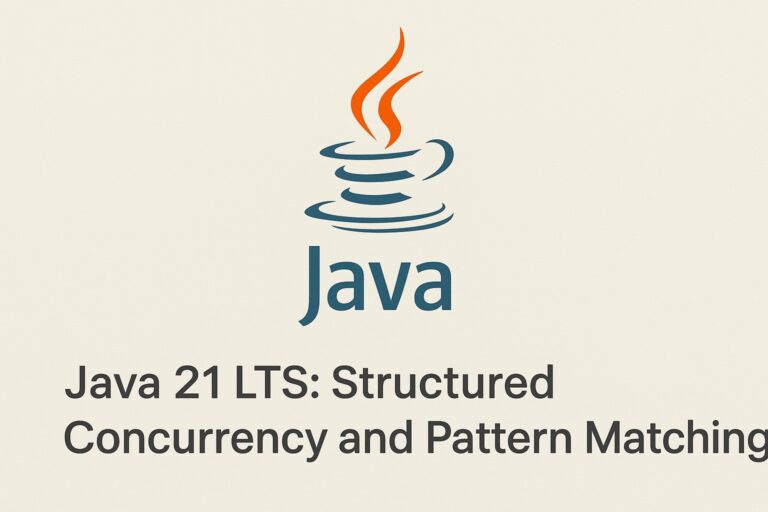Spring Boot 4.0: Embracing Modularity and Native Builds
1. Introduction
Spring Boot 4.0 marks a significant evolution in the Spring ecosystem, introducing enhanced support for modular applications and native image builds. As modern applications demand faster startup times, reduced memory footprints, and better deployment flexibility, Spring Boot 4.0 delivers with a refined architecture and deeper integration with tools like GraalVM.
This article explores the motivations behind these changes, the challenges they address, and how developers can leverage them to build more efficient and scalable applications.
2. Problem Statement
Traditional Spring Boot applications, while powerful and flexible, often suffer from:
- Long startup times due to runtime classpath scanning
- Large memory consumption in cloud-native environments
- Monolithic packaging that complicates modular development
- Limited support for ahead-of-time (AOT) compilation and native binaries
These limitations become more pronounced in serverless, containerized, and edge computing scenarios where performance and resource efficiency are critical.
3. Solution Overview
Spring Boot 4.0 introduces two major enhancements:
Modularity
Applications can now be structured into distinct modules using Spring’s improved support for spring-modulith. This promotes better separation of concerns, testability, and maintainability.
Native Builds
Deep integration with GraalVM and Spring AOT enables compiling Spring Boot apps into native executables. Native images offer:
- Instant startup
- Lower memory usage
- Smaller deployment artifacts
Together, these features empower developers to build lean, fast, and production-ready applications optimized for modern infrastructure.
4. Implementation
Here’s a basic example of how to enable native builds and modularity in a Spring Boot 4.0 project.
Maven Configuration for Native Build
<plugin>
<groupId>org.graalvm.buildtools</groupId>
<artifactId>native-maven-plugin</artifactId>
<version>0.9.20</version>
<executions>
<execution>
<goals>
<goal>native-image</goal>
</goals>
</execution>
</executions>
</plugin>Sample Modular Structure
// In module 'inventory'
package com.example.inventory;
@Service
public class InventoryService {
public int getStock(String productId) {
// logic here
}
}// In module 'orders'
package com.example.orders;
@Service
public class OrderService {
private final InventoryService inventoryService;
public OrderService(InventoryService inventoryService) {
this.inventoryService = inventoryService;
}
public void placeOrder(String productId) {
int stock = inventoryService.getStock(productId);
// order logic here
}
}Enabling Spring AOT
spring.aot.enabled=true./mvnw -Pnative native:compile5. Conclusion
Spring Boot 4.0 redefines how developers build and deploy Java applications. By embracing modularity and native builds, it aligns with the performance and scalability demands of modern software architecture. Whether you’re targeting cloud platforms, serverless environments, or edge devices, Spring Boot 4.0 offers the tools to build faster, lighter, and more maintainable applications.
Stay ahead by modularizing your codebase and exploring native compilation—Spring Boot 4.0 makes it easier than ever.



